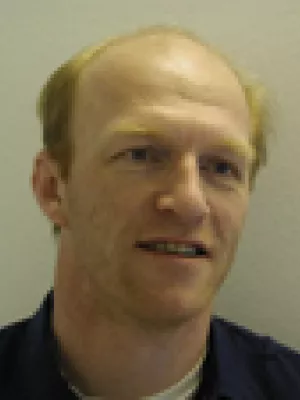
Hans Linderson
Forskningsingenjör

How Cultural Heritage Studies Based on Dendrochronology Can Be Improved through Two-Way Communication
Författare
Summary, in Swedish
A significant part of our cultural heritage consists of wood. Research on historical wooden structures and artefacts thereby provides knowledge of people’s daily lives and the society in which they lived. Dendrochronology is a well-established dating method of wood that can also provide valuable knowledge about climate dynamics, environmental changes, silviculture, and cultural transformations. However, dendrochronology comes with some limitations that end users in cultural heritage sciences must be aware of, otherwise their surveys may not be ultimately performed. We have drawn attention to studies in which dendrochronological results have been misinterpreted, over-interpreted, or not fully utilized. On the other hand, a rigorous dendrochronological survey may not respond to the request of information in practice. To bridge this rigour-relevance gap, this article has considered and reviewed both the dendrochronology’s science-perspective and
the practitioner’s and end user’s call for context appropriate studies. The material for this study consists of (i) interviews with researchers in dendrochronology and end users represented by cultural heritage researchers with focus on building conservation and building history in Sweden, and (ii) a
review of dendrochronological reports and the literature where results from the reports have been interpreted. From these sources we can conclude that a continuous two-way communication between the dendrochronologists and end users often would have resulted in improved cultural heritage studies. The communication can take place in several steps. Firstly, the design of a sampling plan, which according to the current standard for sampling of cultural materials often is required, is an excellent common starting point for communication. Secondly, the survey reports could be developed with a more extensive general outline of the method and guidance in how to interpret the results. Thirdly, the potential contribution from dendrochronology is often underused, foreseeing historical information on local climate, silviculture, and choice of quality of the wooden resource, as the focus most often is the chronological dating. Finally, the interpretation of the results should consider all the available sources where dendrochronology is one stake for a conciliant conclusion.
the practitioner’s and end user’s call for context appropriate studies. The material for this study consists of (i) interviews with researchers in dendrochronology and end users represented by cultural heritage researchers with focus on building conservation and building history in Sweden, and (ii) a
review of dendrochronological reports and the literature where results from the reports have been interpreted. From these sources we can conclude that a continuous two-way communication between the dendrochronologists and end users often would have resulted in improved cultural heritage studies. The communication can take place in several steps. Firstly, the design of a sampling plan, which according to the current standard for sampling of cultural materials often is required, is an excellent common starting point for communication. Secondly, the survey reports could be developed with a more extensive general outline of the method and guidance in how to interpret the results. Thirdly, the potential contribution from dendrochronology is often underused, foreseeing historical information on local climate, silviculture, and choice of quality of the wooden resource, as the focus most often is the chronological dating. Finally, the interpretation of the results should consider all the available sources where dendrochronology is one stake for a conciliant conclusion.
Avdelning/ar
- Kvartärgeologi
- BECC: Biodiversity and Ecosystem services in a Changing Climate
Publiceringsår
2021-08-06
Språk
Engelska
Publikation/Tidskrift/Serie
Forests
Volym
12
Issue
8
Dokumenttyp
Artikel i tidskrift
Förlag
MDPI AG
Ämne
- Archaeology
- History
- Geology
Nyckelord
- tree-ring research; cultural heritage; historical buildings; archaeology; transdisciplinary; craft research
- Archaeology
- Craft research
- Cultural heritage
- Historical buildings
- Transdisciplinary
- Tree-ring research
Status
Published
ISBN/ISSN/Övrigt
- ISSN: 1999-4907

